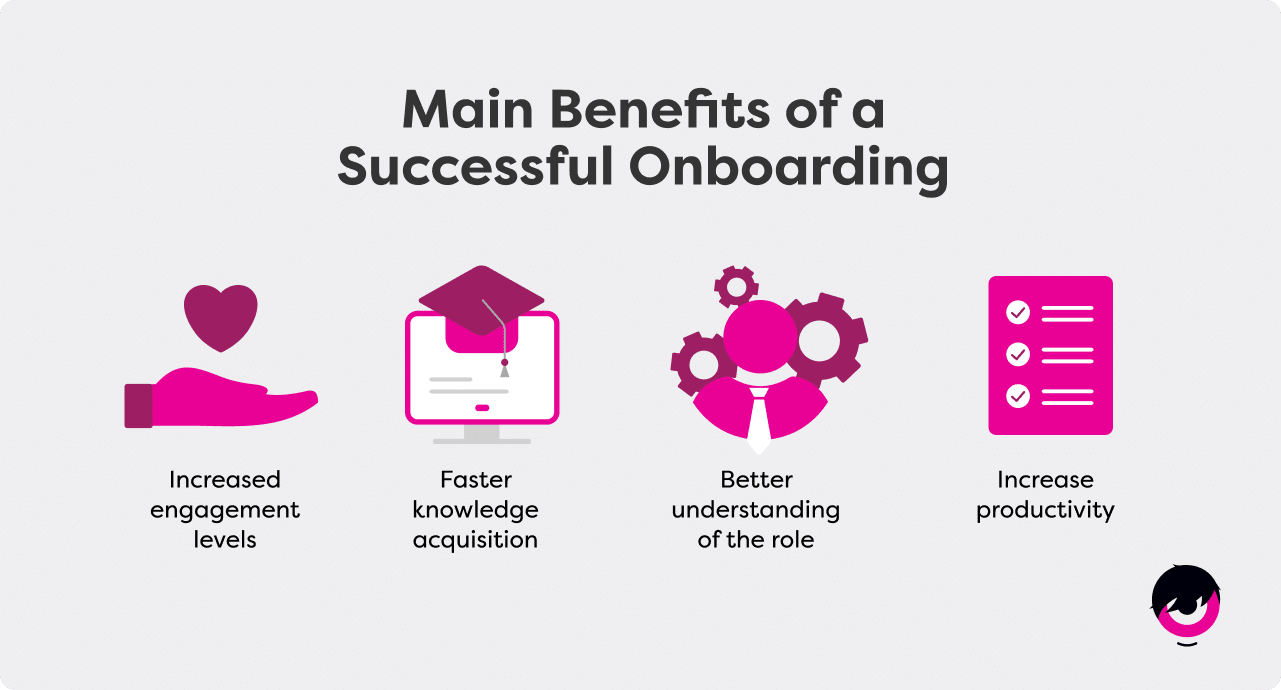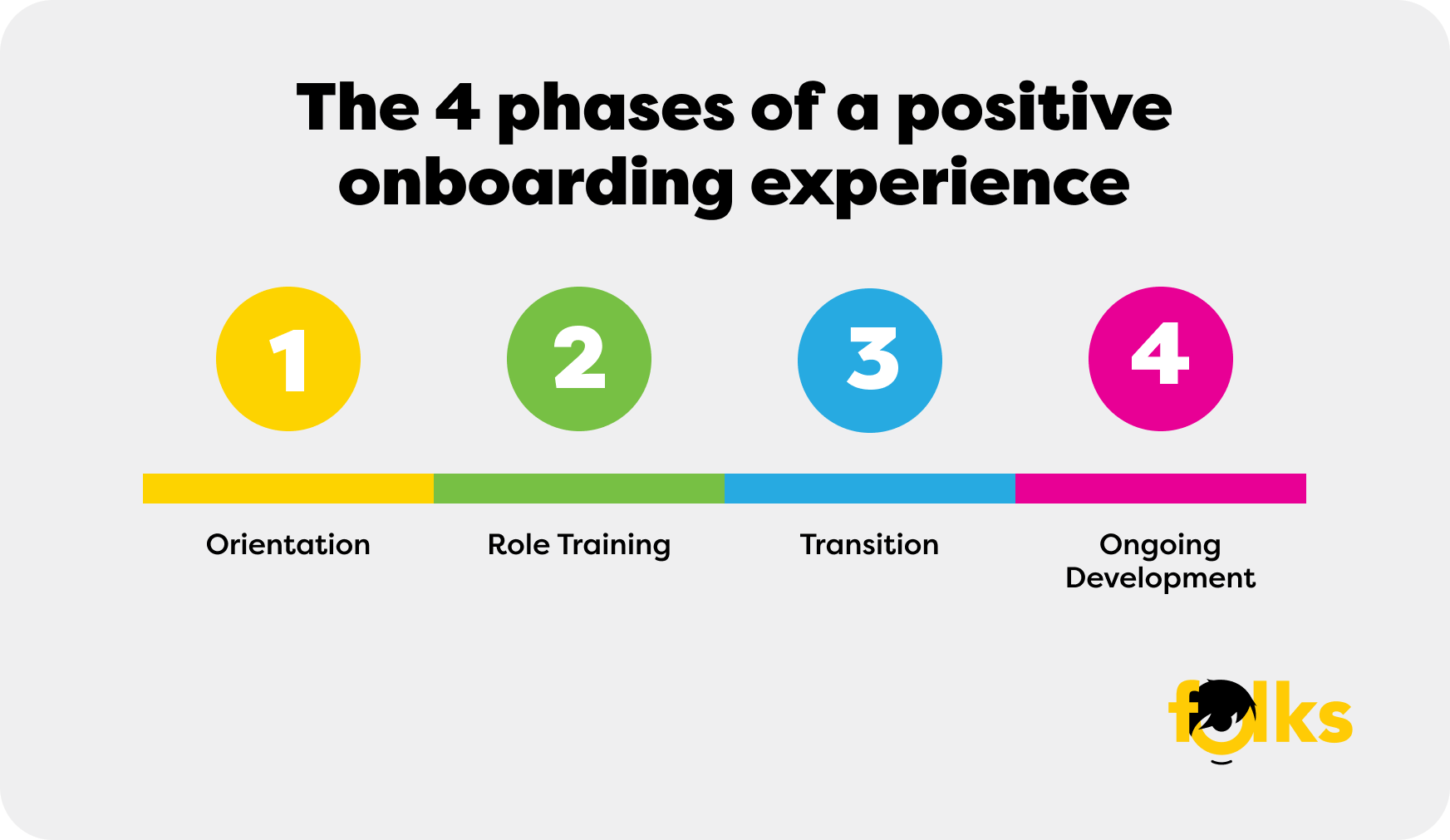Now it’s time to prepare your recruit for the transition phase. At this stage of the onboarding process, your employee moves into their permanent role. The most important part of the transition phase is defining your new hire’s tasks and how those tasks will fit into the business’s overall goals.
Aligning expectations is critical. Therefore, you’ll want to remind your managers to schedule periodic evaluations. Regular follow-ups will help ensure that goals are being met, that improvement strategies are in place if necessary, and that the new hire is comfortable, happy and committed to the job. That way, when the time comes, the probationary evaluation won’t be a surprise to anyone.
The transition phase is also the right time to implement a culture of recognition. Recognizing the individual, the results, the effort, and the work practices can play an essential role in overall employee satisfaction and retention.
Incorporating tools like Python for data analysis in evaluating employee performance metrics can further streamline this phase, providing precise insights into areas of achievement and needed improvement.
Our advice: stay available! Learning a new job takes time. It is, therefore, essential that your employee feels comfortable coming to you with questions when they encounter a difficulty. Keep your door open and listen to your employee: communication will always be your best ally!



















